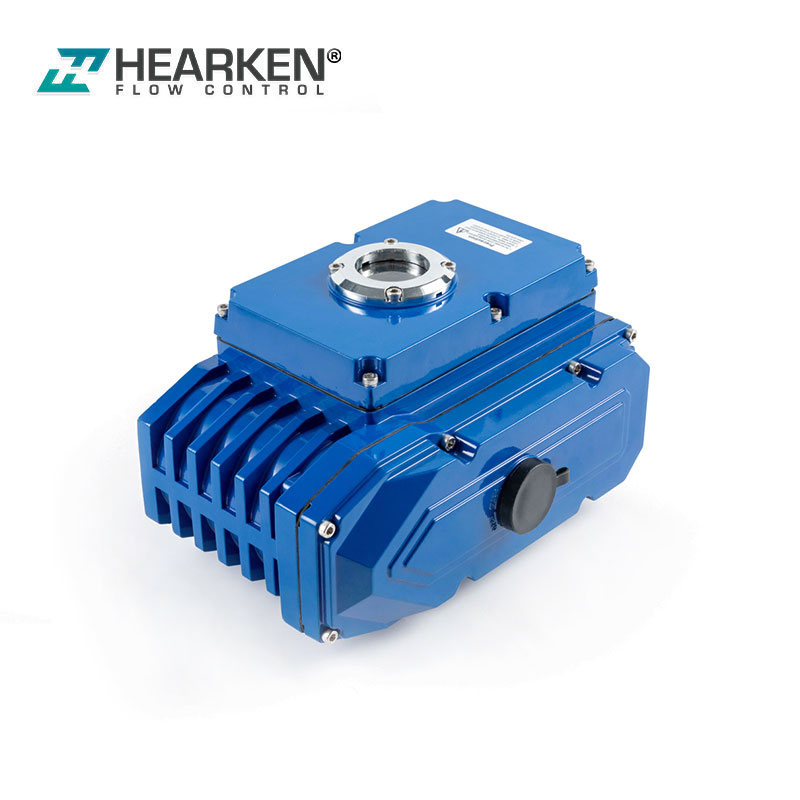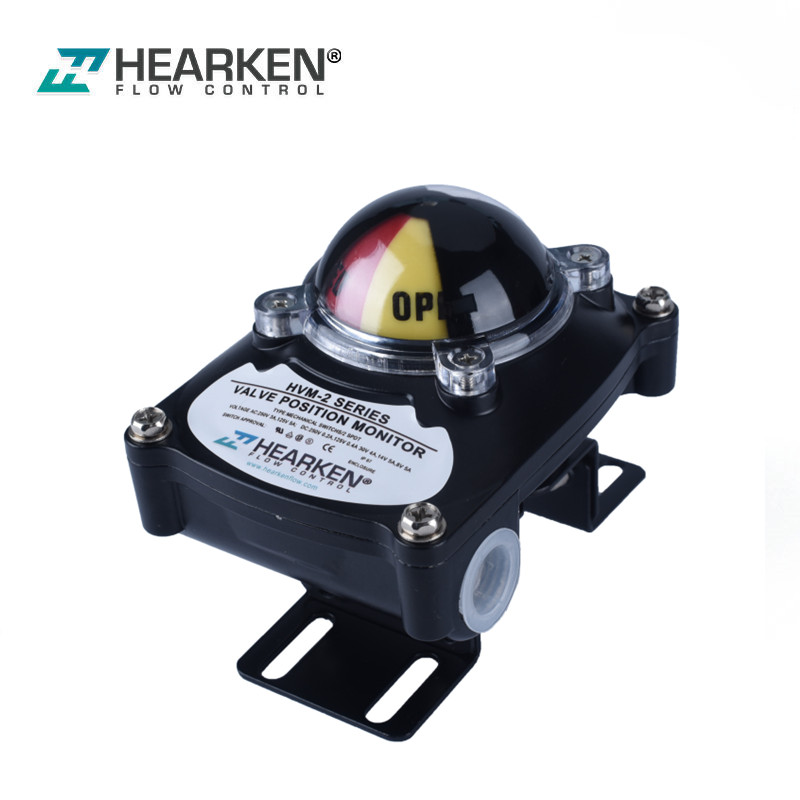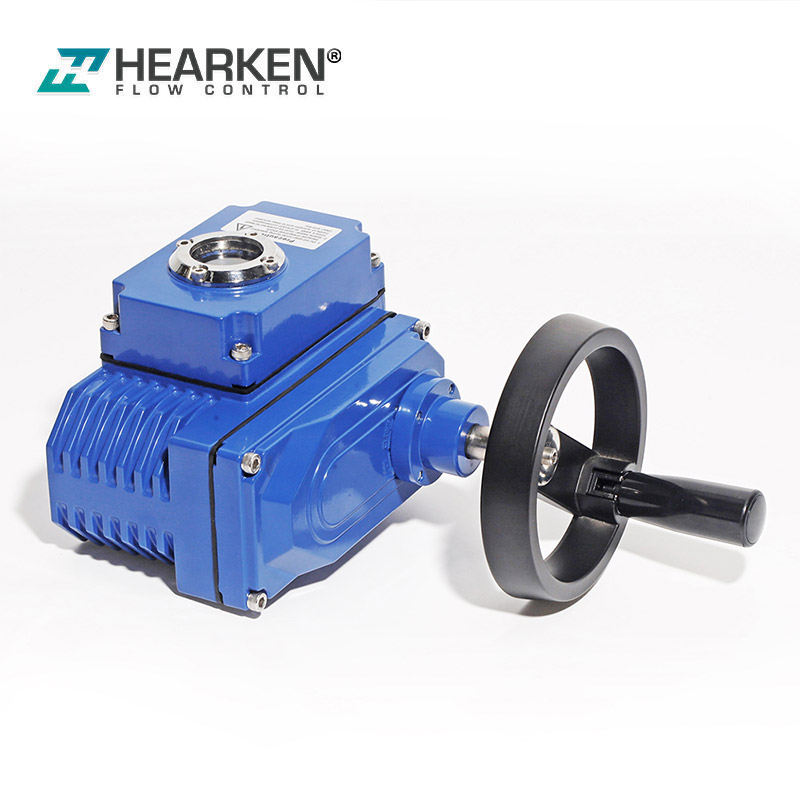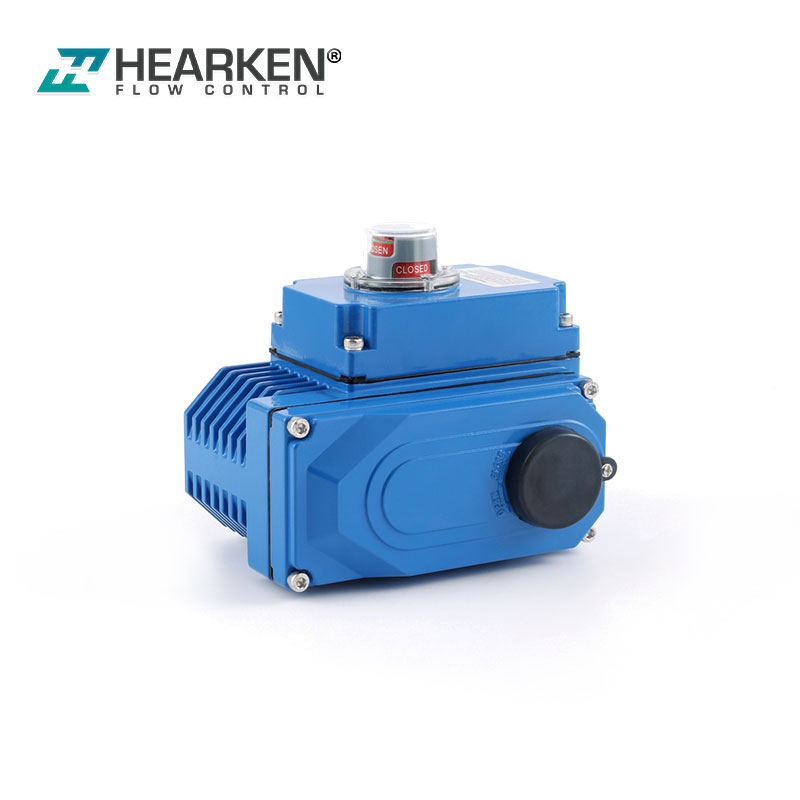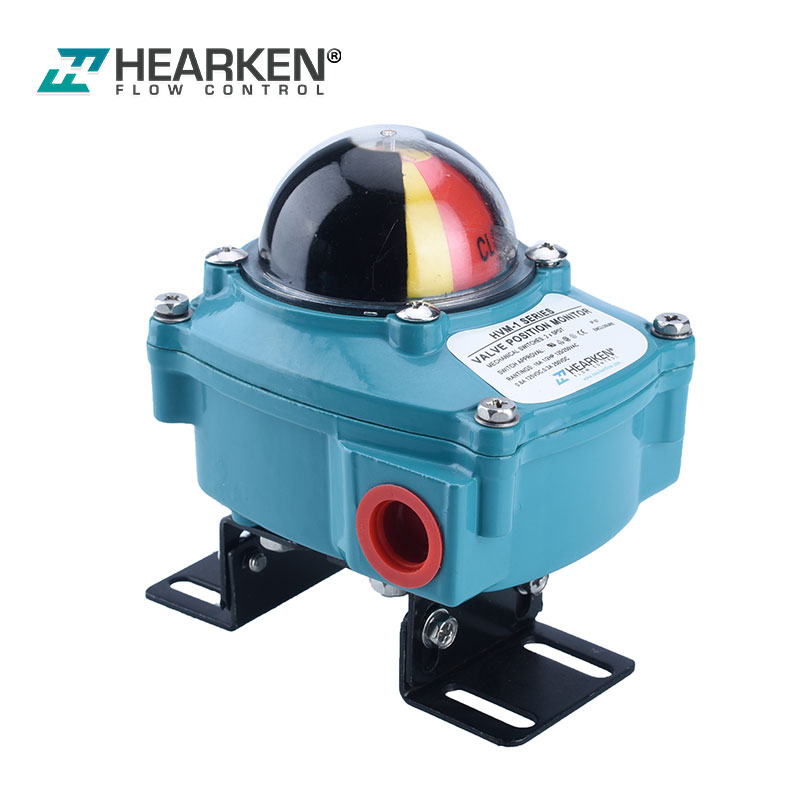How does a pneumatic valve operate?
The most significant difference between pneumatic and conventionalvalves is the addition of a pneumatic piston actuator. It consists of the following parts: adjusting bolt, cylinder block, cylinder shaft, piston, connecting rod, and universal shaft.
Unlike manual operation, it employs compressed air as a power source. It pushes the crank arm to rotate 9O degrees through the action of the piston to open and close the valve automatically.
Using the pneumatic butterfly valve as an example, it comprises an actu ator and an adjustment mechanism, with the actuator primarily serving as a thruster. The relevant thrust can be generatedbased on the magnitude of the control signal pressure to activate the adjustment mechanism. The valve body in direct contact with the regulating mechanism is referred to as the valve body.
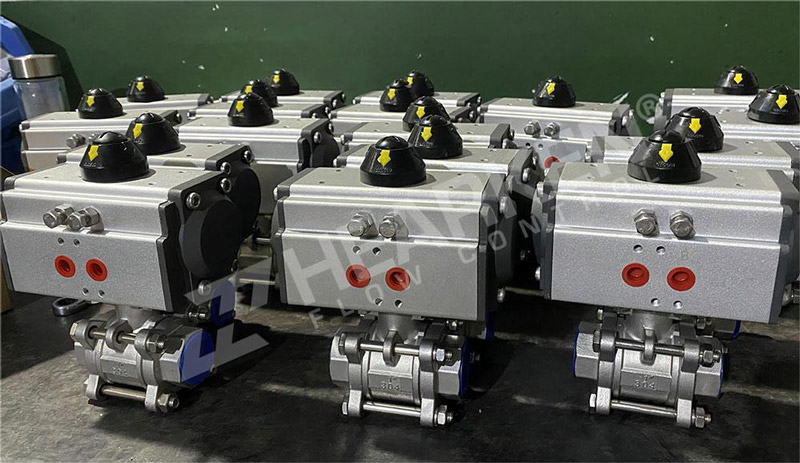
Pneumatic valves are divided into two categories: switch type and adjustment type according to the control method. One is two-position switch control, and the other is proportional adjustment.
Pneumatic switch-type valves include pneumatic actuators, valves, solenoid valves, limit switch box, air source treatment triples, manual override worm gearbox , pneumatic silencer, quick-connect joints, air compressors, air pipes, etc. Among them, limit switch box, air source treatment triplet, manual override worm gearbox , pneumatic silencer, and quick-plug joint can be freely selected according to the actual situation on site.
Pneumatic regulating valves mainly include pneumatic actuators, valves, electro pneumatic positioner, air source treatment triples, manual override worm gearbox , pneumatic silencer, quick-connect joints, air compressors, air pipes, etc.
Among them, manual override worm gearbox , pneumatic silencer, and quick-plug joint can be freely selected according to the actual situation on site.
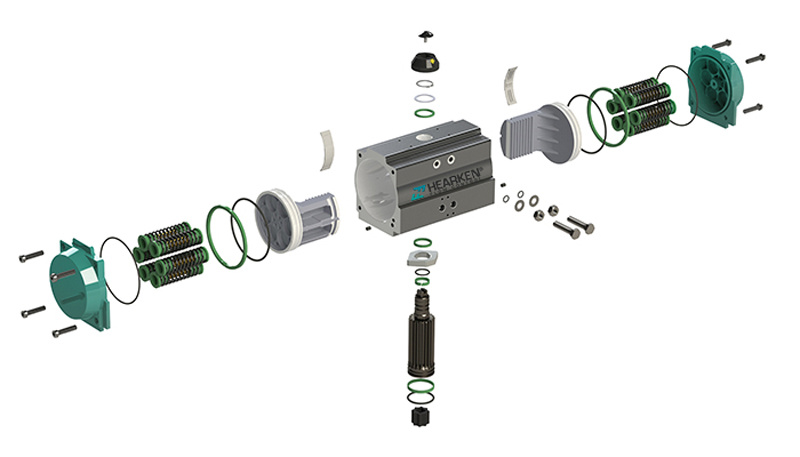
The above is our simple understanding of the composition of pneumatic valves. Next, let's take a look at the correct operation mode of pneumatic valves.
The details are as follows:
1. During operation, pneumatic valves are constantly opened and closed clockwise.
2. The pneumatic valve's opening and shutting revolutions in the manual opening and closing pipe network should be reasonableand the large-diameter valve can be within 200-600 revolutions.
3. The more excellent opening and closing torque should be 240N-m under pipeline public pressure conditions to enable the opening and closing operation when only one person is present.
4. The pneumatic valve's opening and shutting operation endshould be a square cone with conventional proportions that faces the ground, allowing people to operate directly from the ground. Disc valves are not ideal for underground pipe networks.
5. To guarantee that the opening and closing degrees are reasonable. the scale line of the opening and closing degrees should be visibly cast on the gearbox cover or the casing of the display panel after changing direction, with all facestowards the ground. Once the opening and closure have been adjusted to the standard, they should be riveted shut.
6. A robust and dependable extension rod facility should be installed if the pneumatic valve is deeply buried. Up to facilitate employee observation and operation

